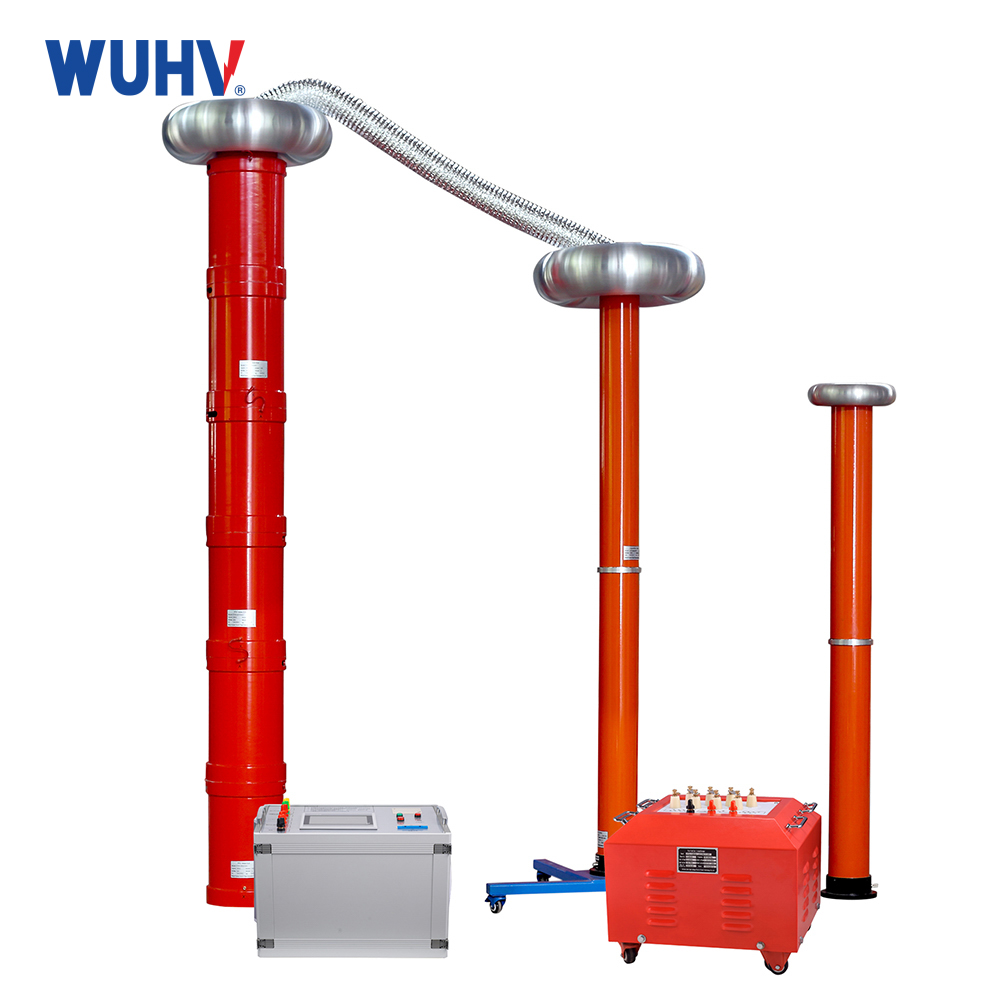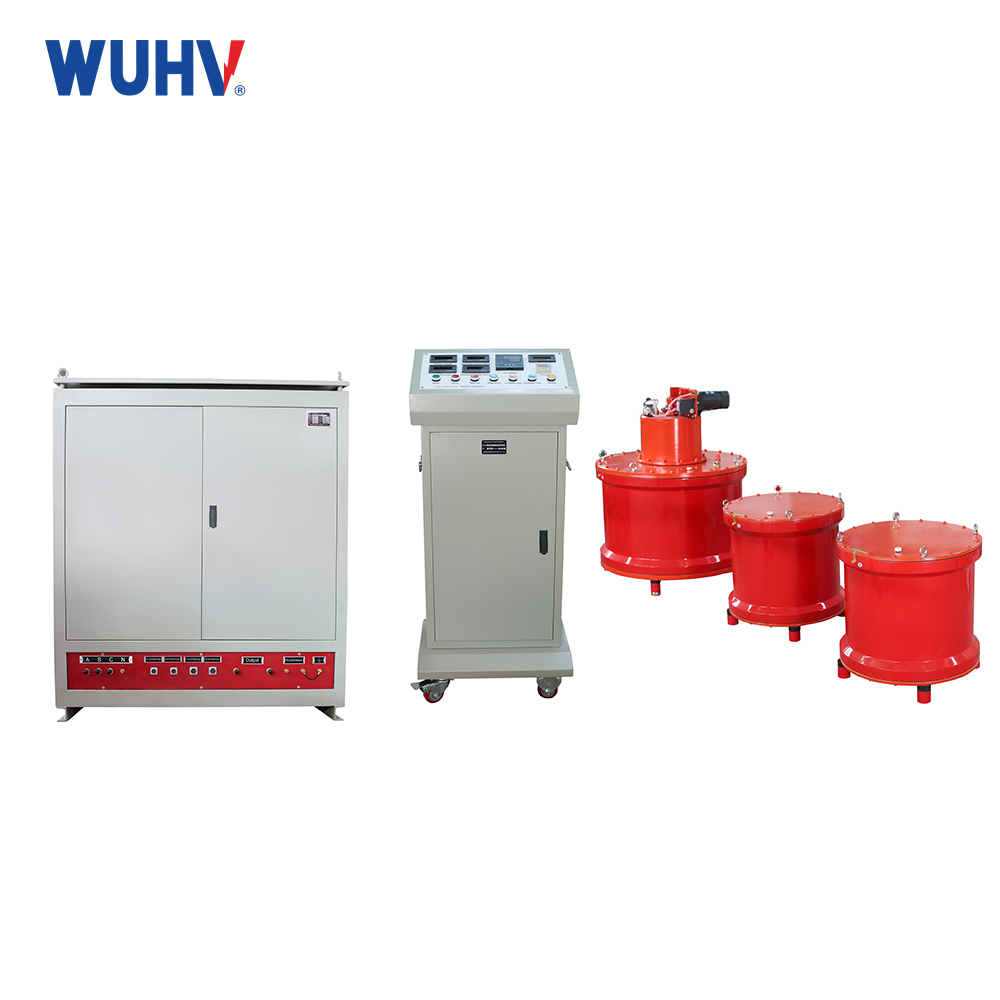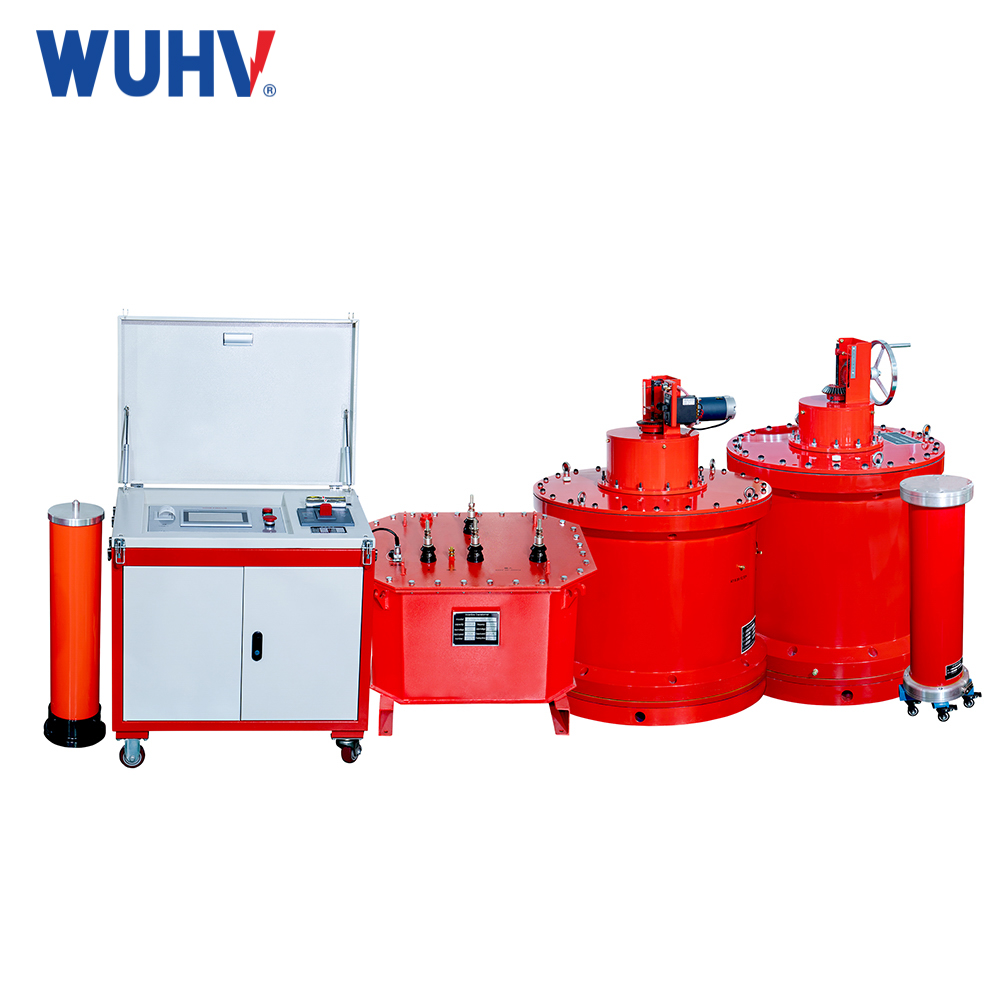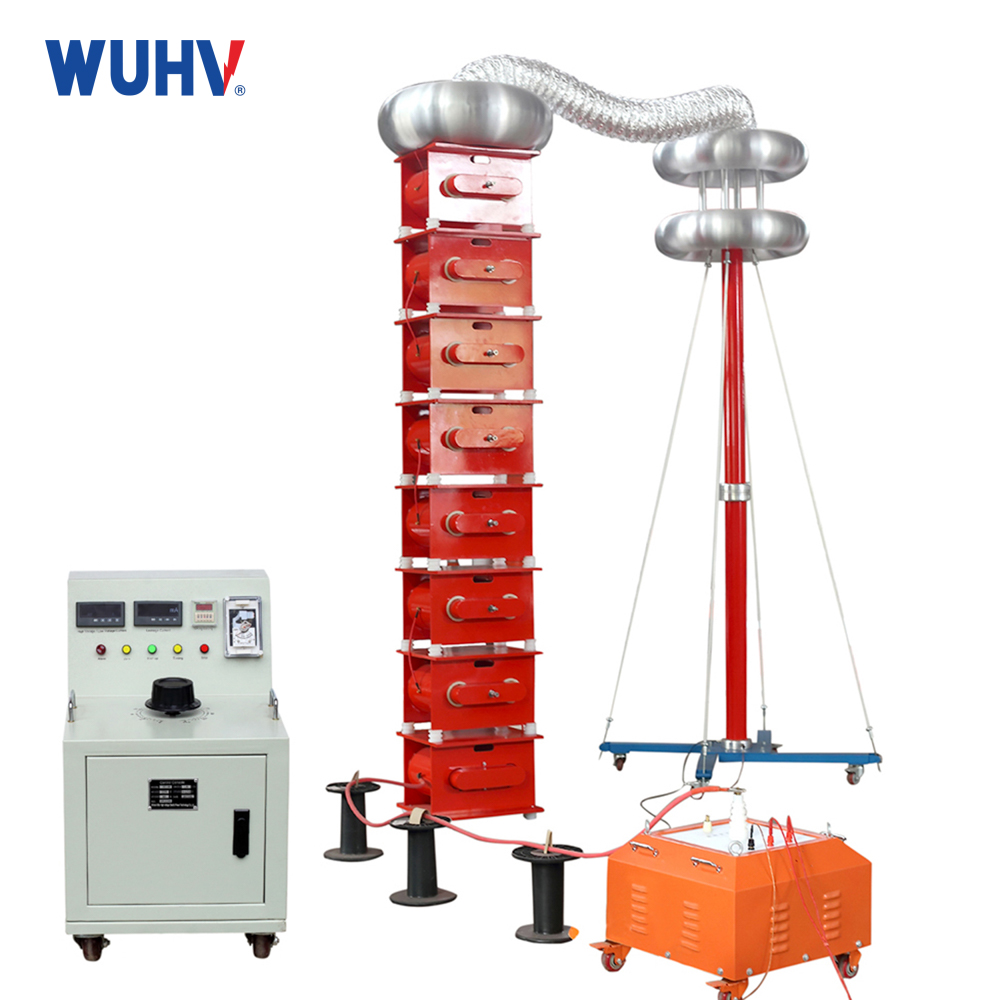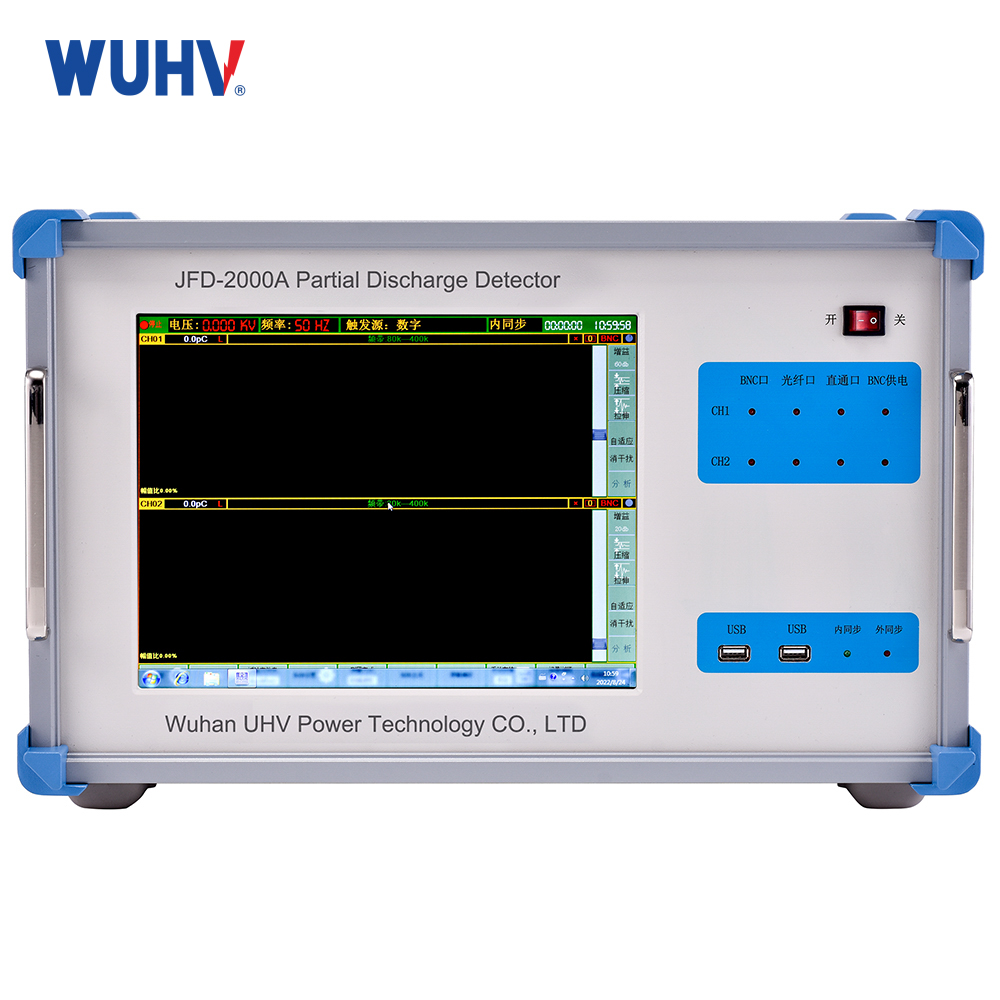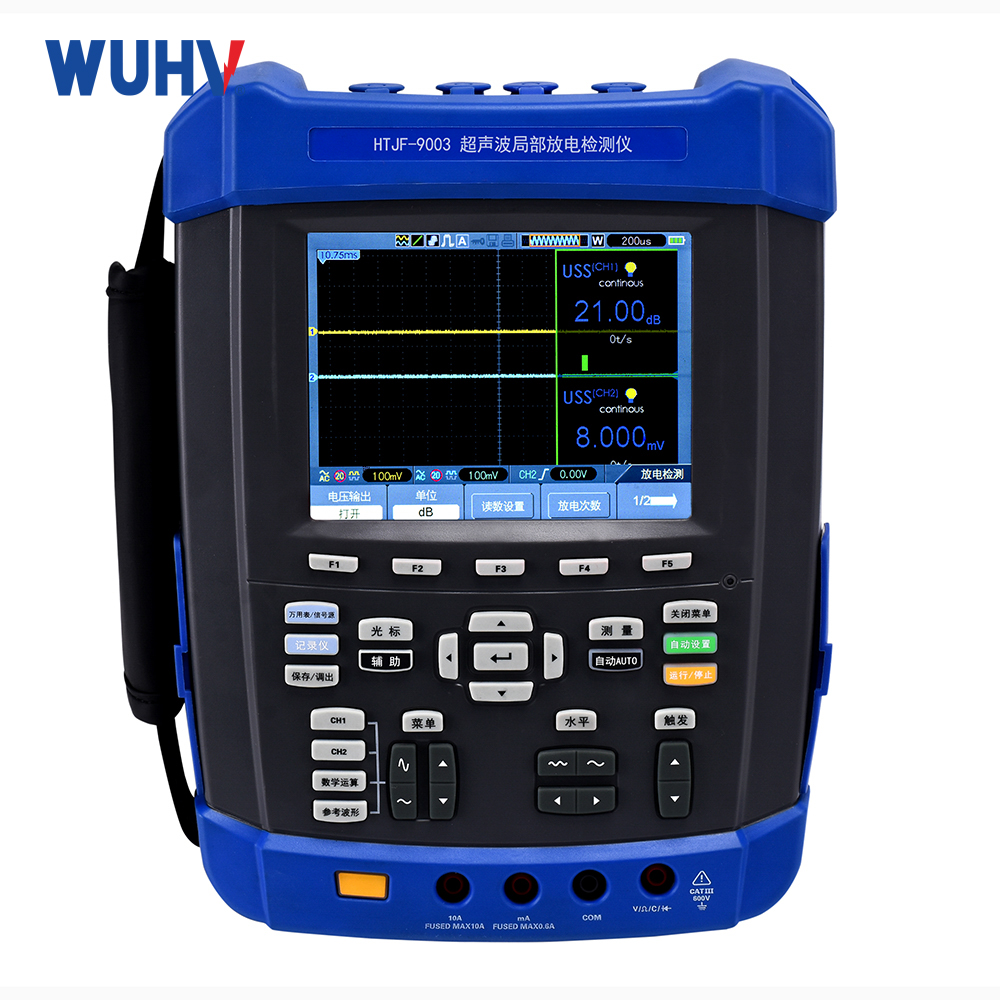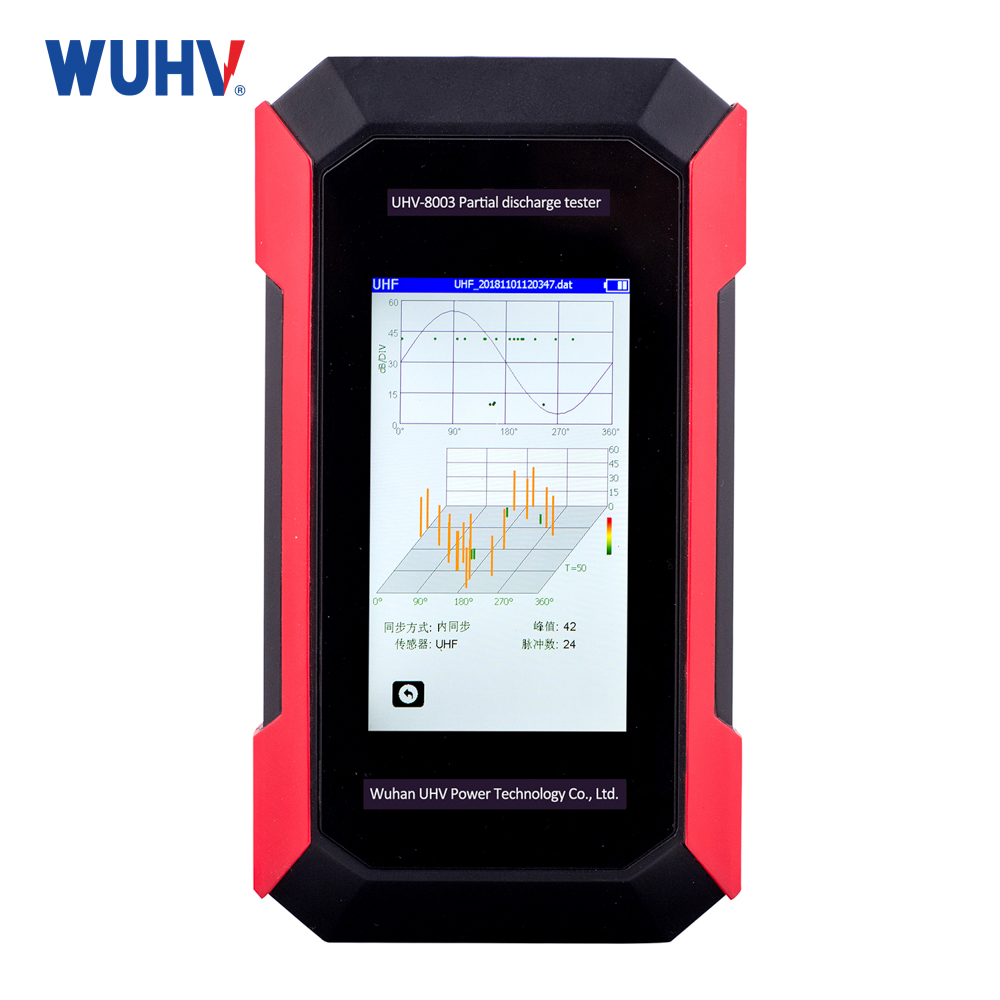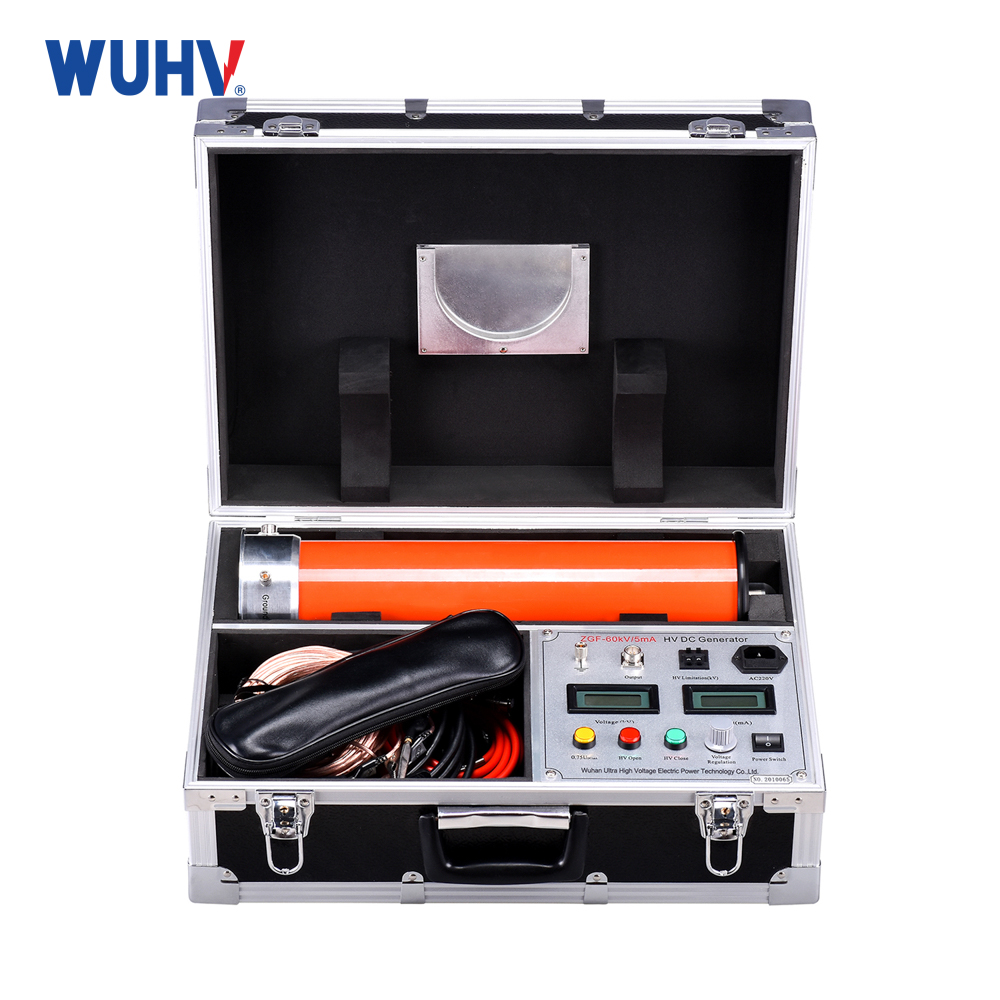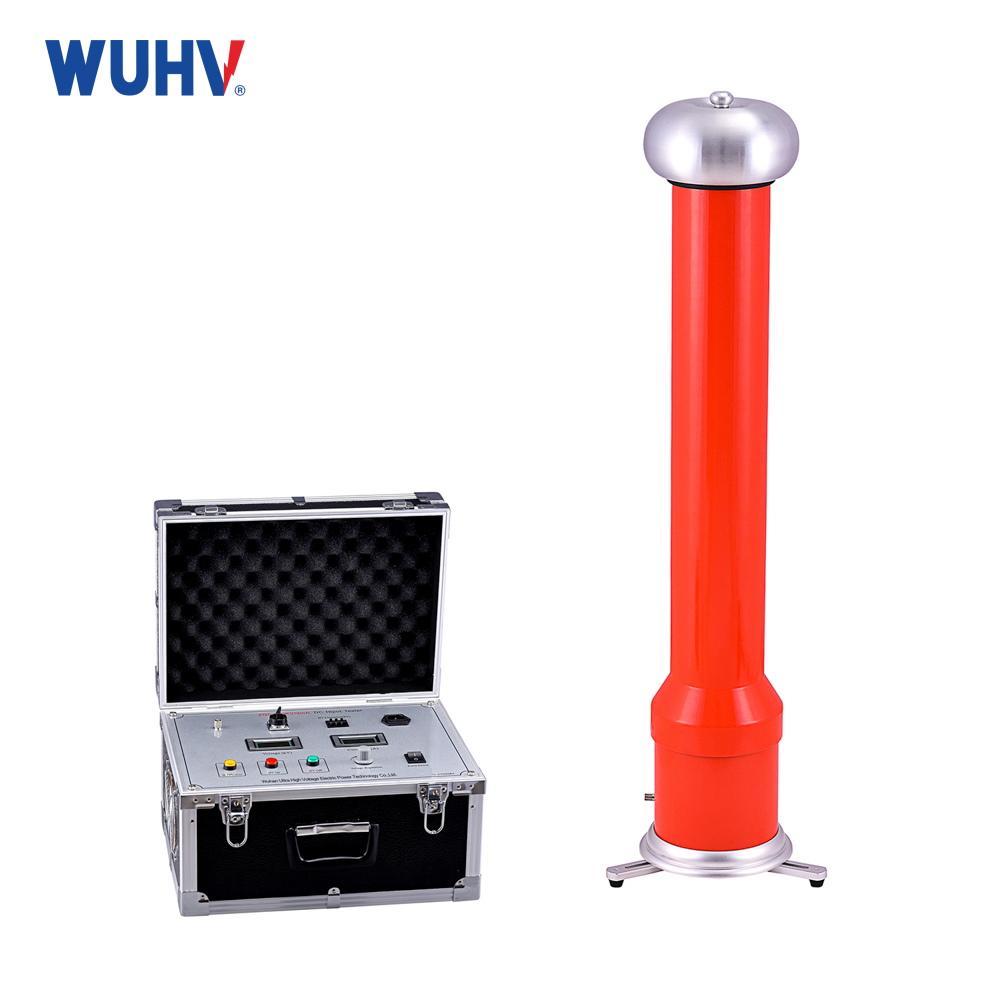What is the purpose of the communication withstand voltage test? Wuhan UHV specializes in producing AC withstand voltage testerswith a wide range of product options. When looking for an AC withstand voltage tester, choose Wuhan UHV.
1、 Purpose of communication withstand voltage test
The AC withstand voltage test of a transformer is a test in which a sine frequency AC test voltage exceeding a certain multiple of the rated voltage is applied to the winding and bushing of the tested transformer for a duration of 1 minute. The purpose is to use a test voltage that is a certain multiple higher than the rated voltage instead of atmospheric overvoltage and internal overvoltage to assess the insulation performance of transformers. It is the most effective way to evaluate the insulation strength of transformers and an important experimental project to ensure the safe operation of transformers and avoid insulation accidents. Conducting AC withstand voltage tests can discover moisture and concentrated defects in the main insulation of transformers, such as cracking of the winding main insulation, loose displacement of the winding, insufficient insulation distance of the leads, and adhesion of dirt on the insulation. The AC withstand voltage test is a destructive test in insulation testing, and it must pass other non-destructive tests (such as insulation resistance and absorption ratio test, DC leakage test, dielectric loss tangent correction, and insulation oil test) before conducting this test. The transformer can only be put into operation after passing this test. The AC withstand voltage test is a critical test, so the preventive testing regulations stipulate that transformers with 10kV and below should undergo AC withstand voltage tests within 1-5 years, and transformers with 66kV and below should undergo AC withstand voltage tests after major repairs, winding replacements, and when necessary.
2、 Test method
(1) Test wiring
External AC withstand voltage test wiring for small and medium-sized power transformers below 35kV. All windings should be tested, and the lead wires of each phase winding should be short circuited together during the test. If there is a lead wire at the neutral point, the lead wire should also be short circuited together with the three phases.
(2) Test voltage
The handover test standard stipulates that transformers with a capacity of less than 8000kV and a rated winding voltage of less than 110kV should undergo AC withstand voltage testing according to the test voltage standards listed in Appendix 1 of this standard. The preventive testing regulations stipulate that the test voltage values for oil immersed transformers are detailed in the table of this regulation (for periodic tests, the winding voltage values are replaced partially). When replacing all windings of dry-type transformers, the factory test voltage value shall be used; During partial replacement of windings and regular testing, the voltage should be 0.85 times the factory test voltage value.
(3) Precautions
In addition to the general precautions for AC withstand voltage testing, the following points should also be noted based on the characteristics of the transformer:
1) The test transformer must be equipped with an overcurrent protection tripping device.
2) The AC withstand voltage test of three-phase transformers does not need to be conducted in separate phases. But it is necessary to short-circuit all the three-phase lead wires of the unified winding before conducting the test, otherwise it will not only affect the accuracy of the test voltage, but may even endanger the main insulation of the transformer.
3) The preventive testing procedure states that for fully insulated transformers below 66kV, when on-site conditions are not available, only external power frequency withstand voltage tests can be conducted.
4) For power transformers with weaker neutral insulation than other parts or graded insulation, the above-mentioned external AC withstand voltage test cannot be used, and an induction withstand voltage test of 1.3 times the rated voltage should be used.
5) The test must be conducted after being filled with qualified oil and allowed to stand still for a certain period of time.
6) For medium and small capacity transformers with a voltage level of 35kV, it is allowed to measure the test voltage on the low voltage side of the test transformer. For larger capacity power transformers, in order to ensure accurate and reliable measurement, voltage transformers or electrostatic voltmeters should be used to directly measure the test voltage on the high voltage side.
7) If discharge or breakdown occurs during the experiment, the voltage should be immediately reduced and the power supply should be cut off to avoid expanding the fault.



